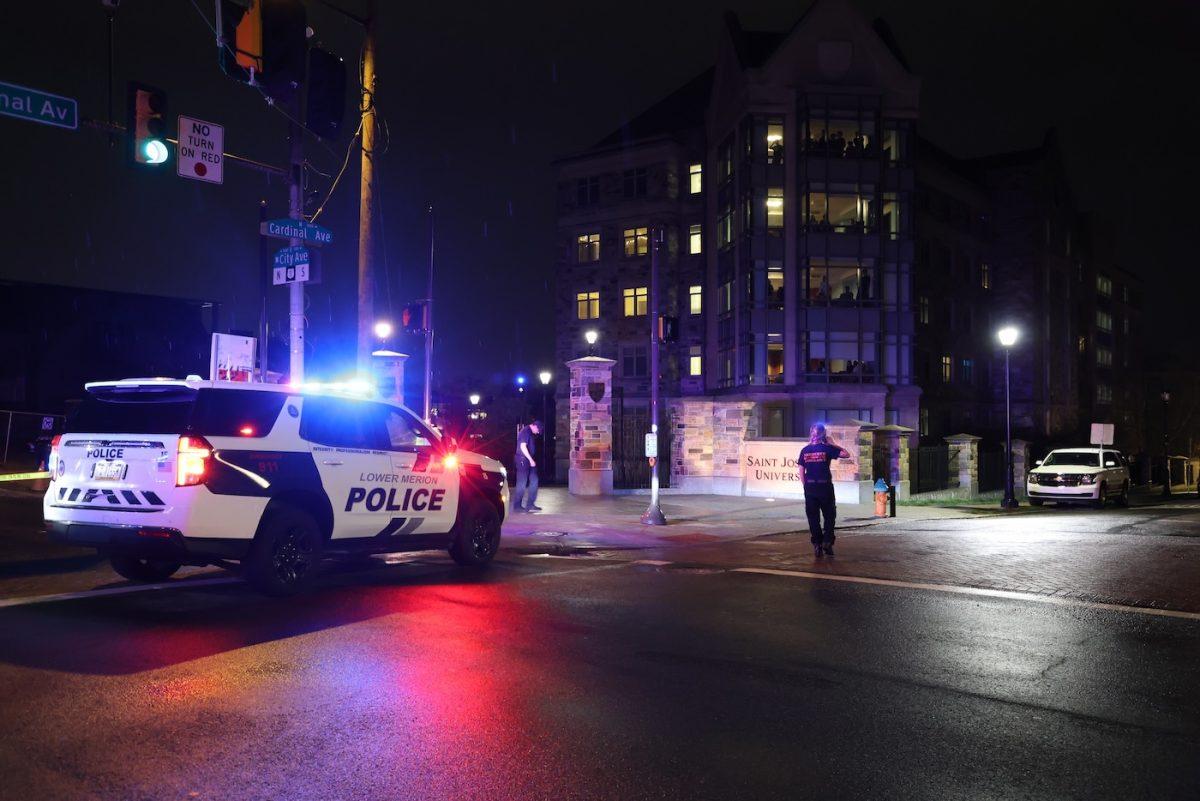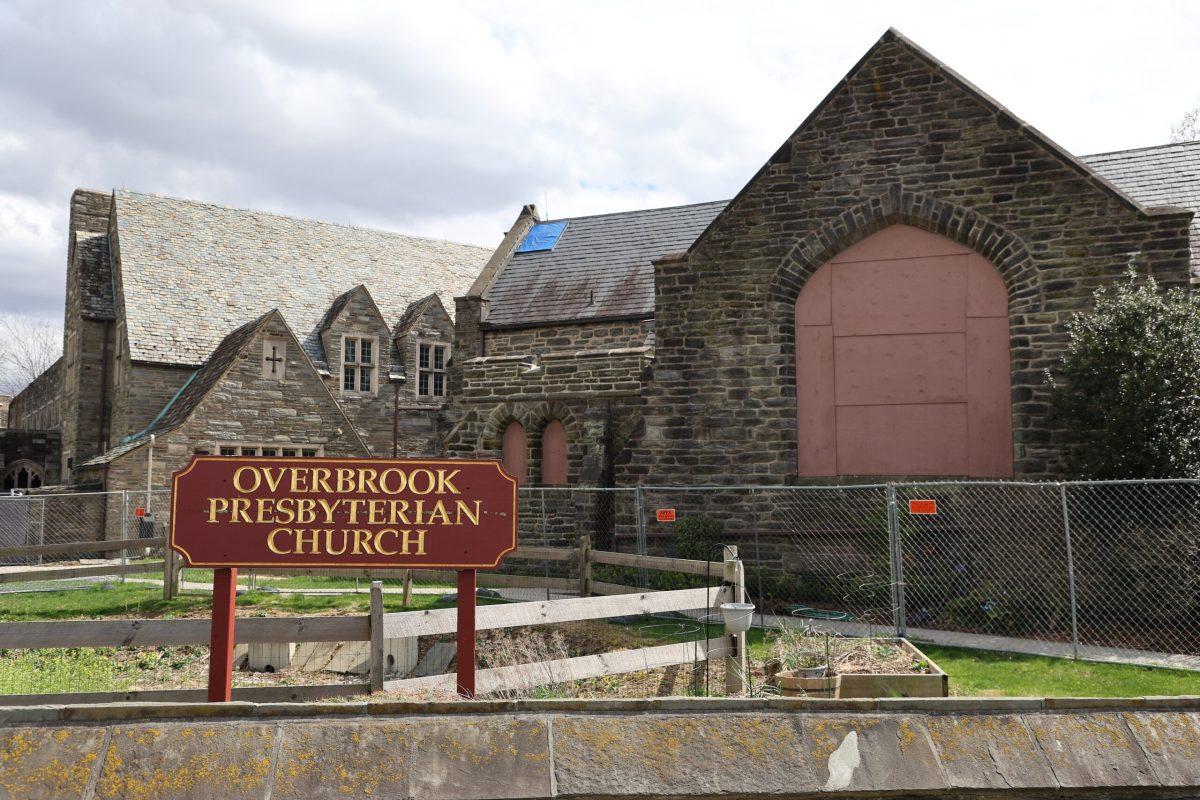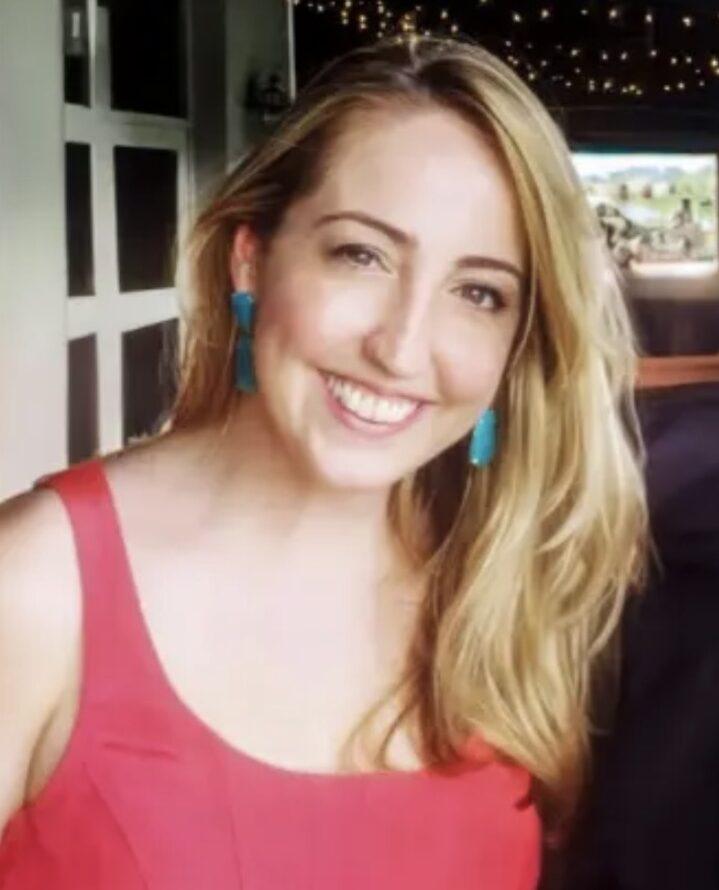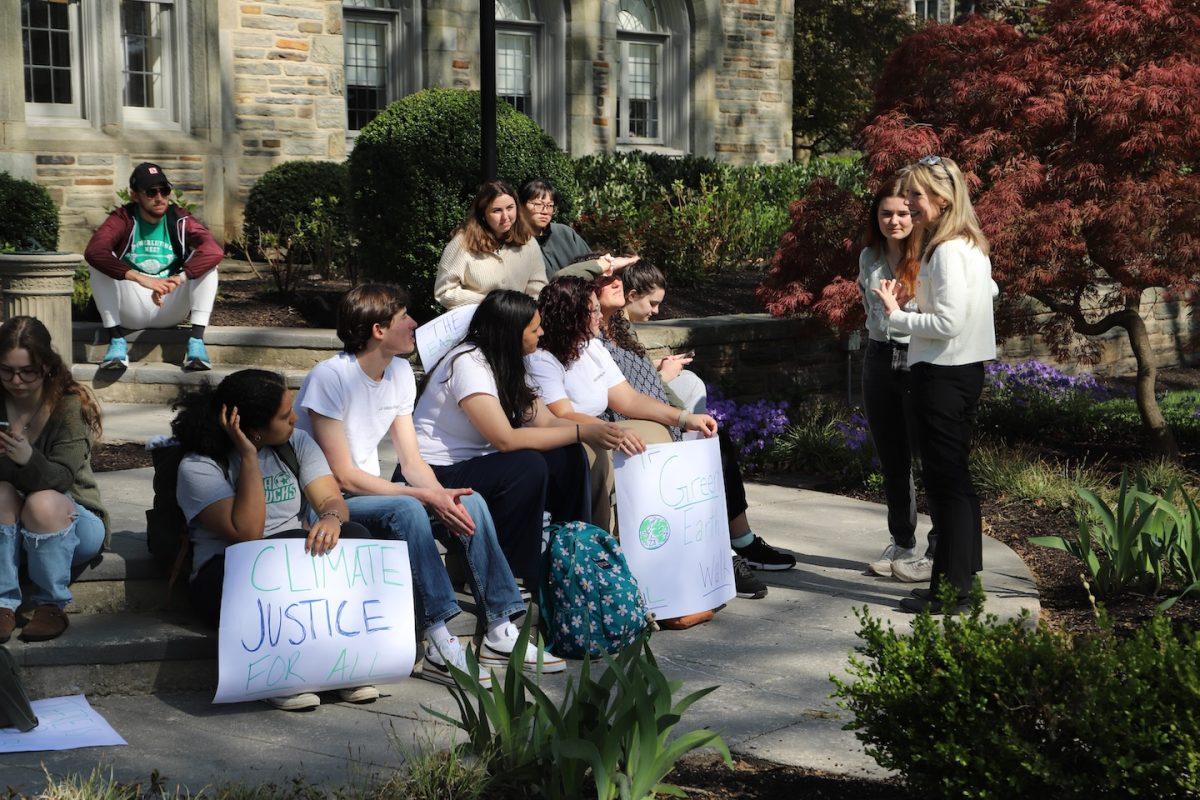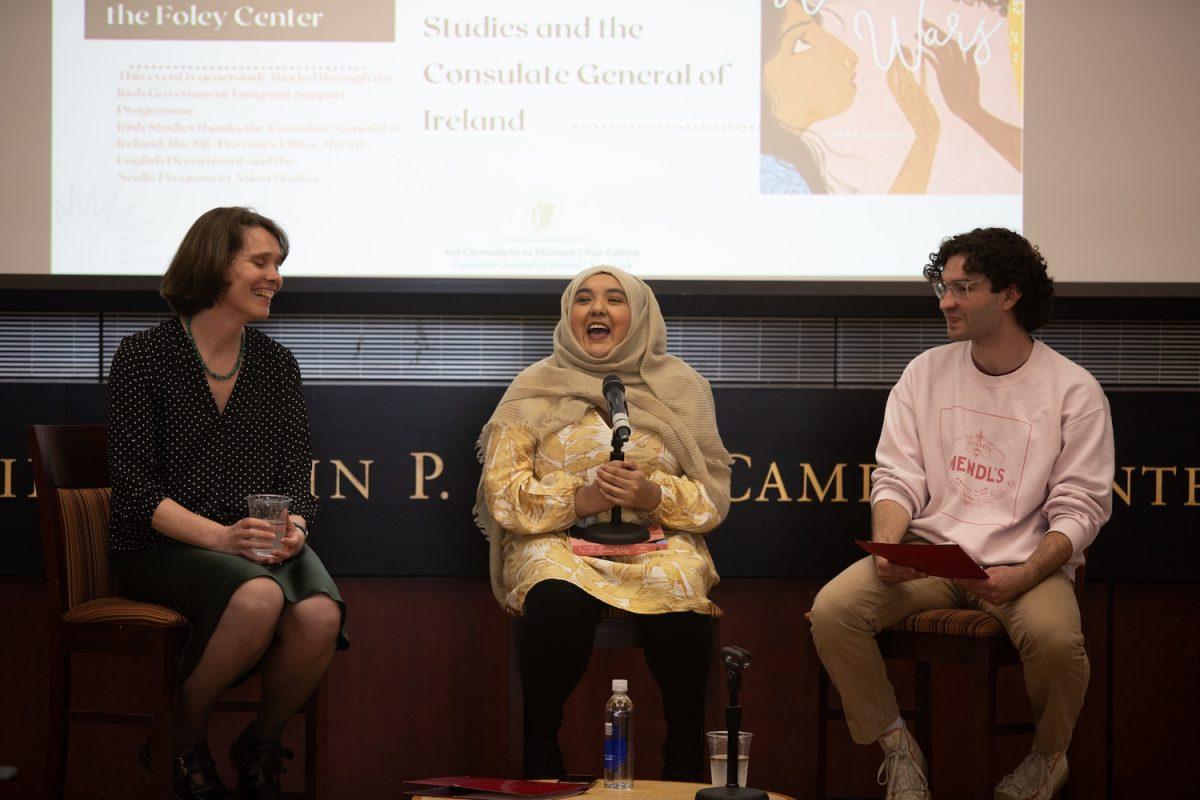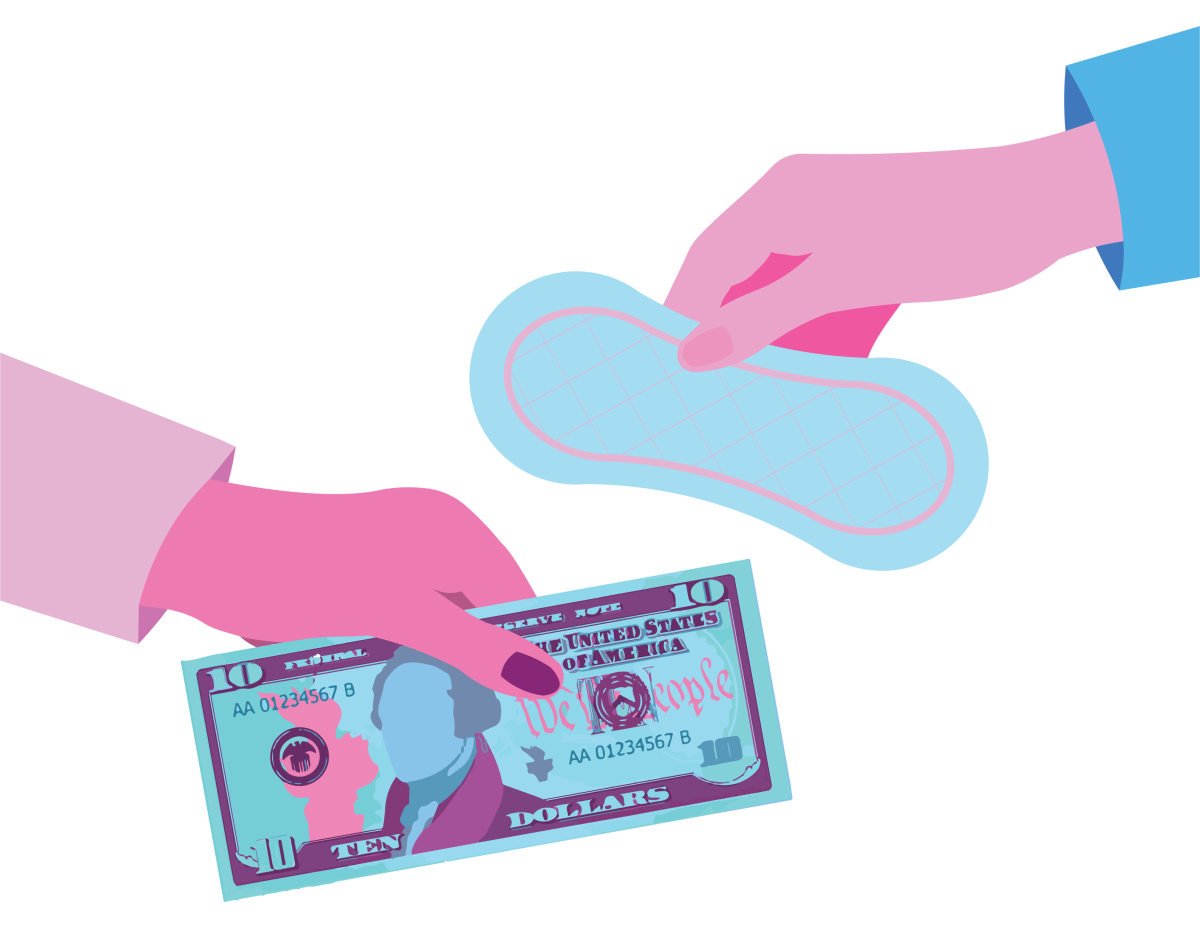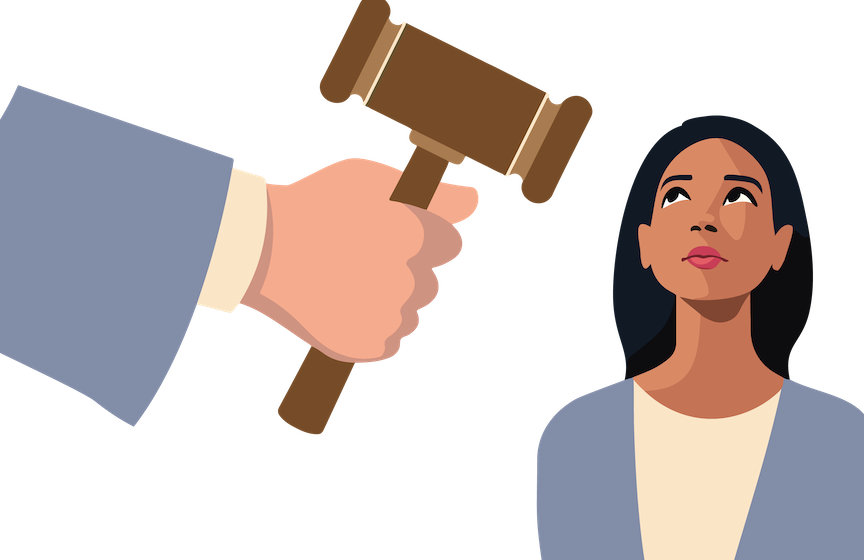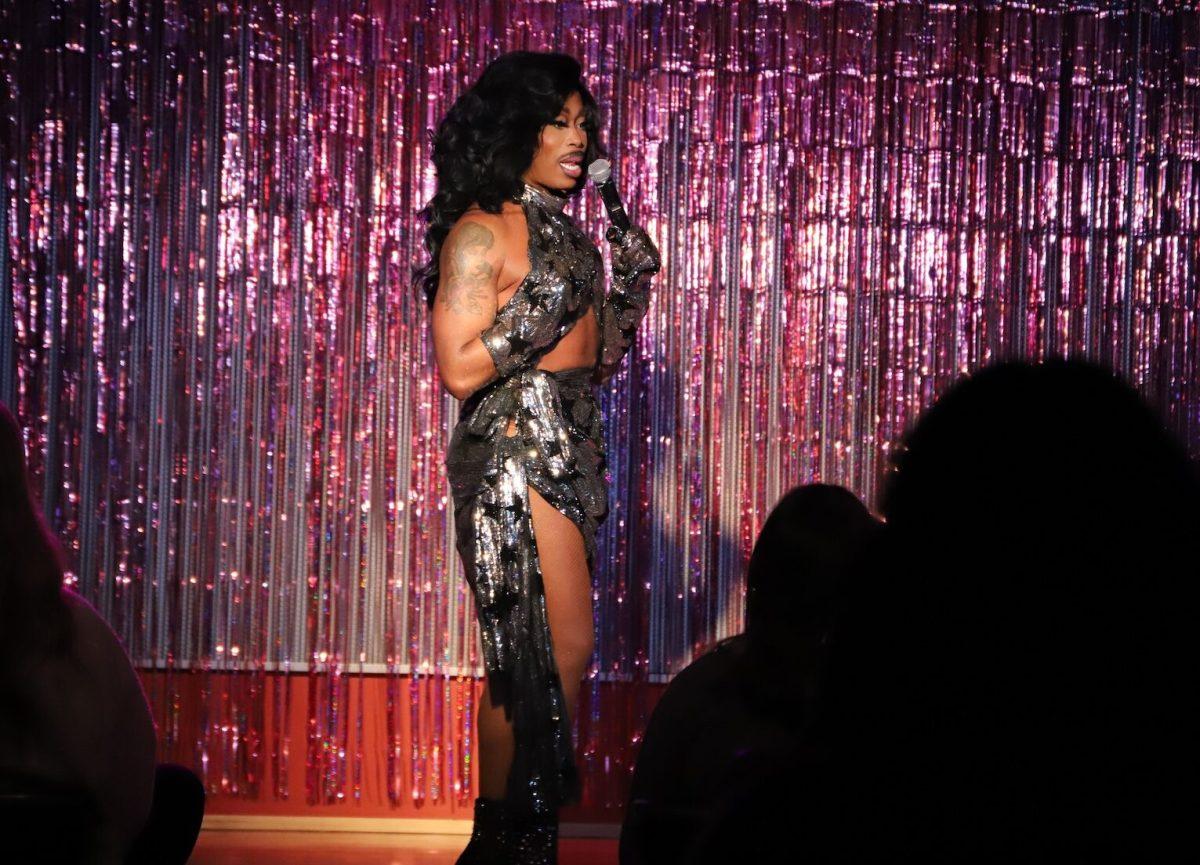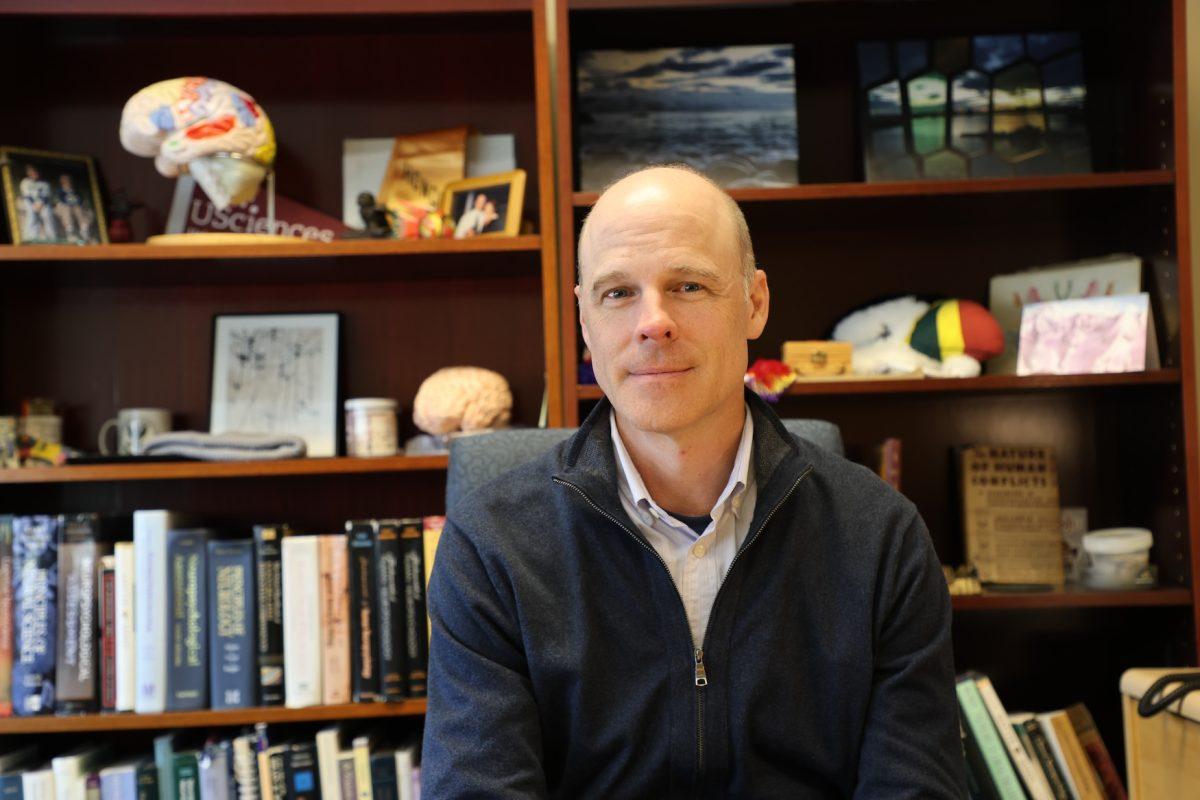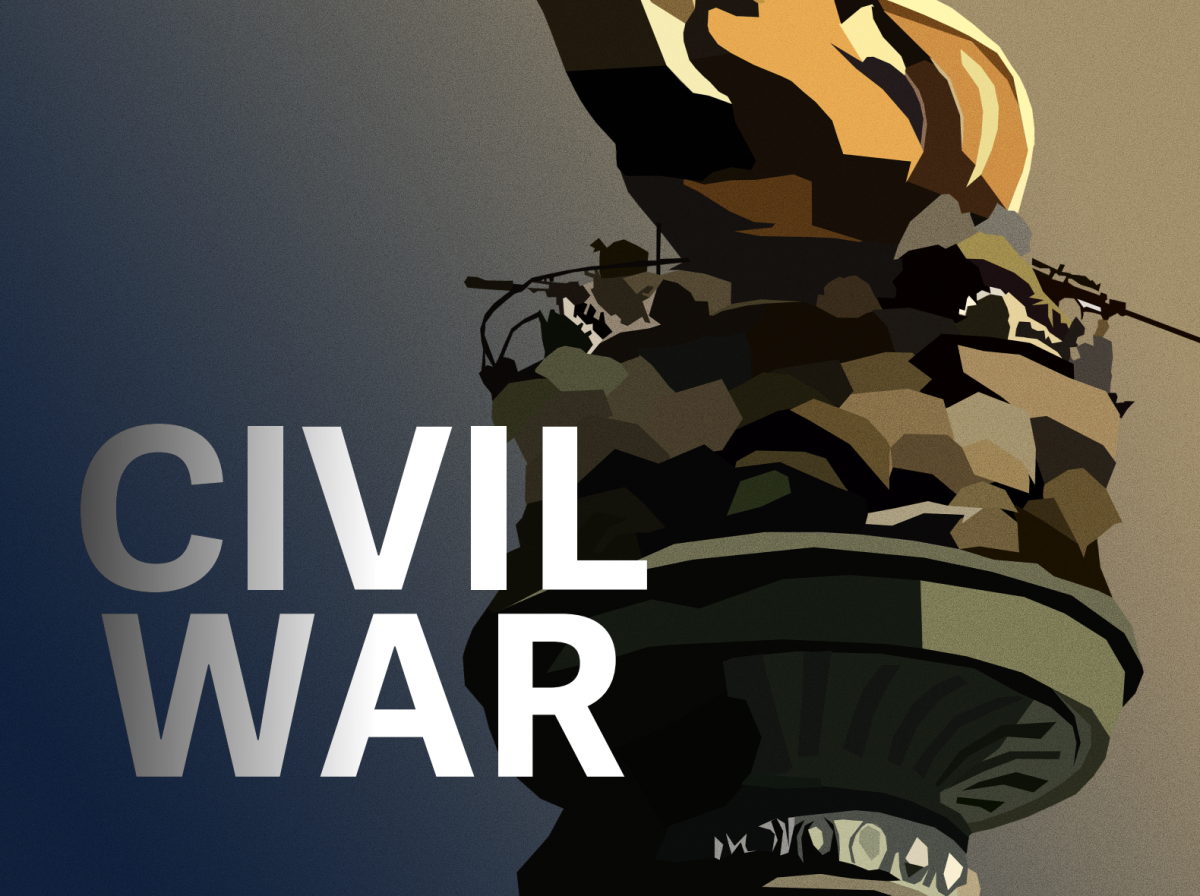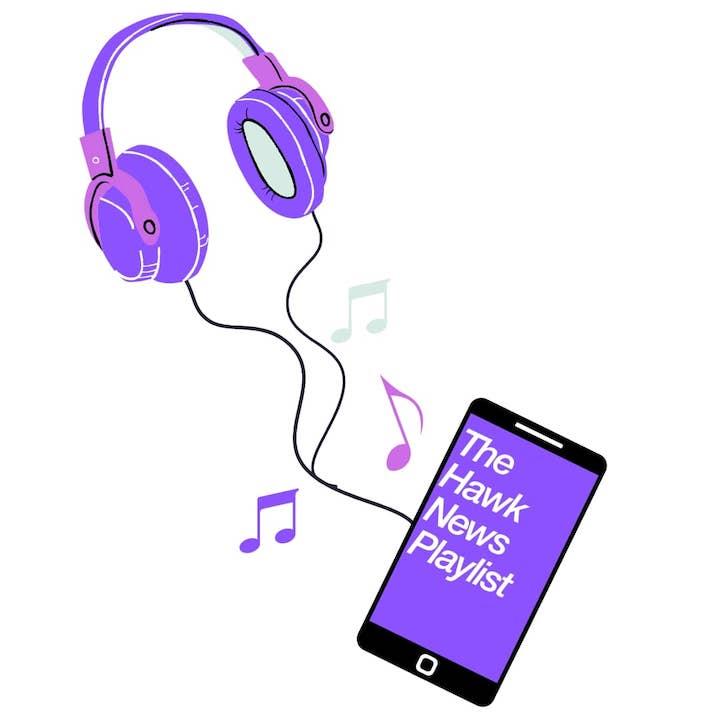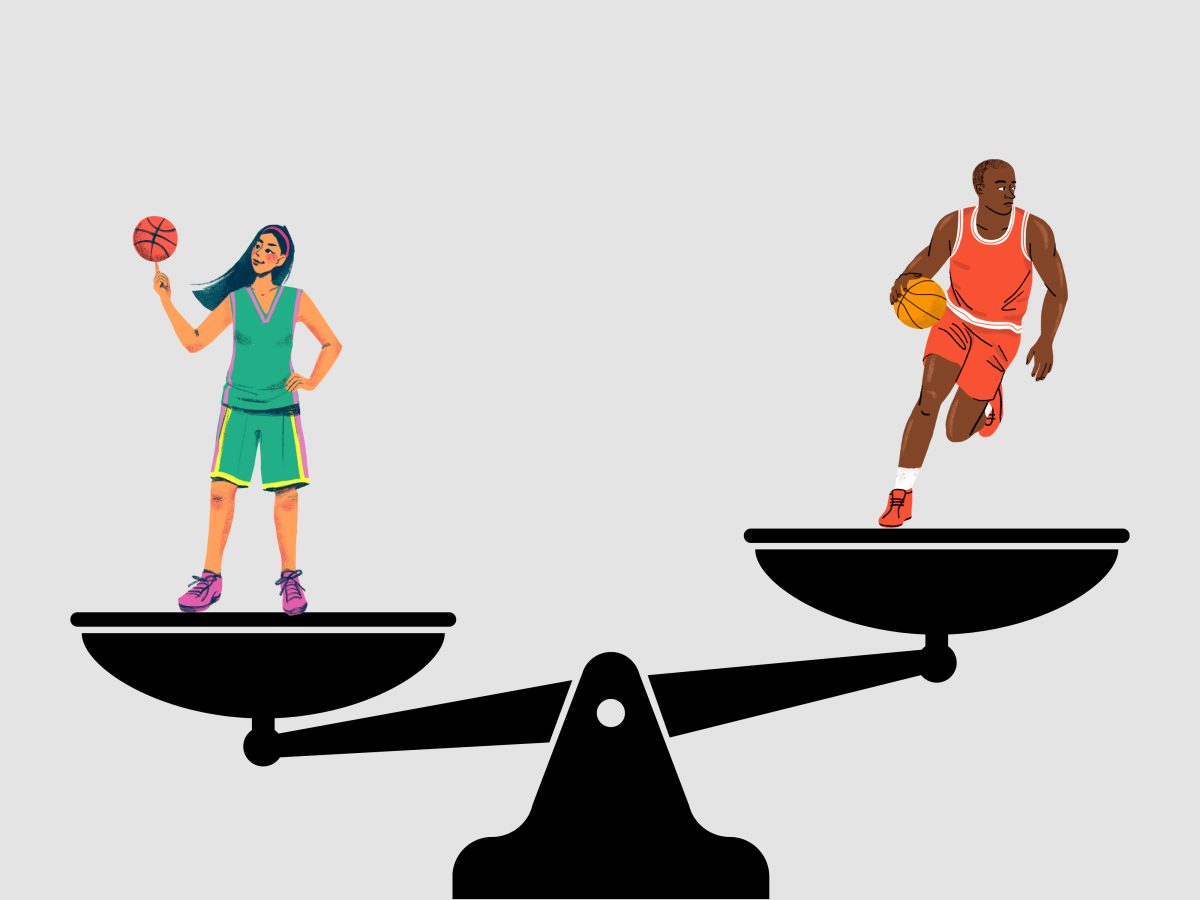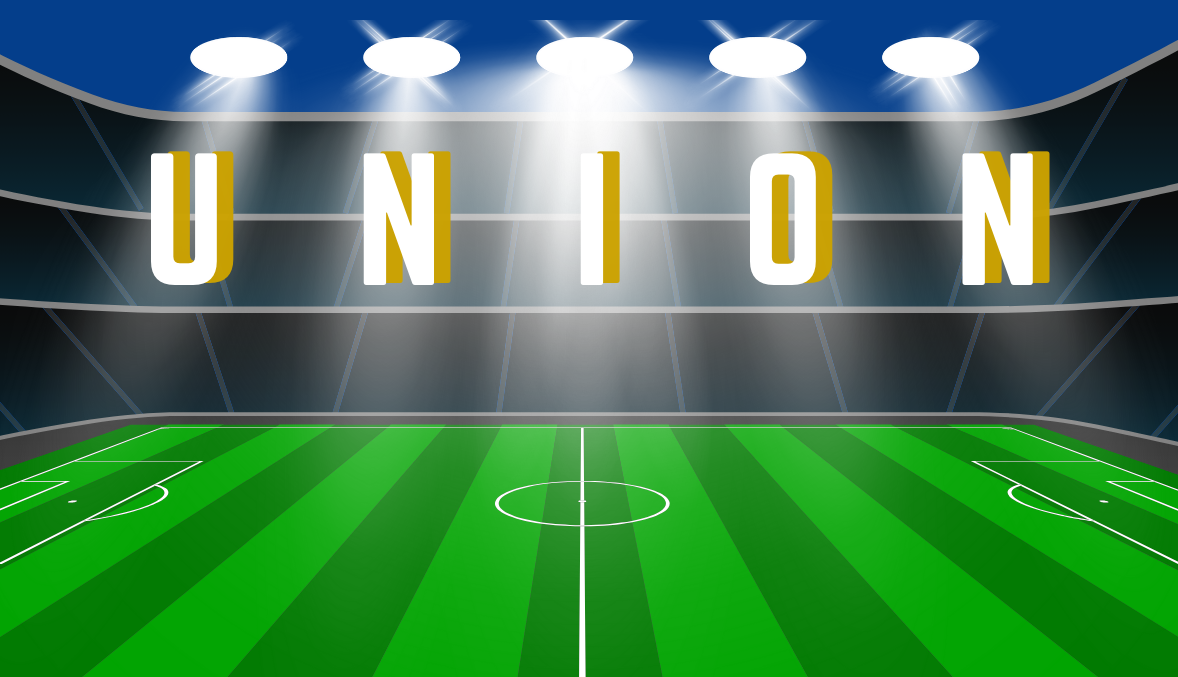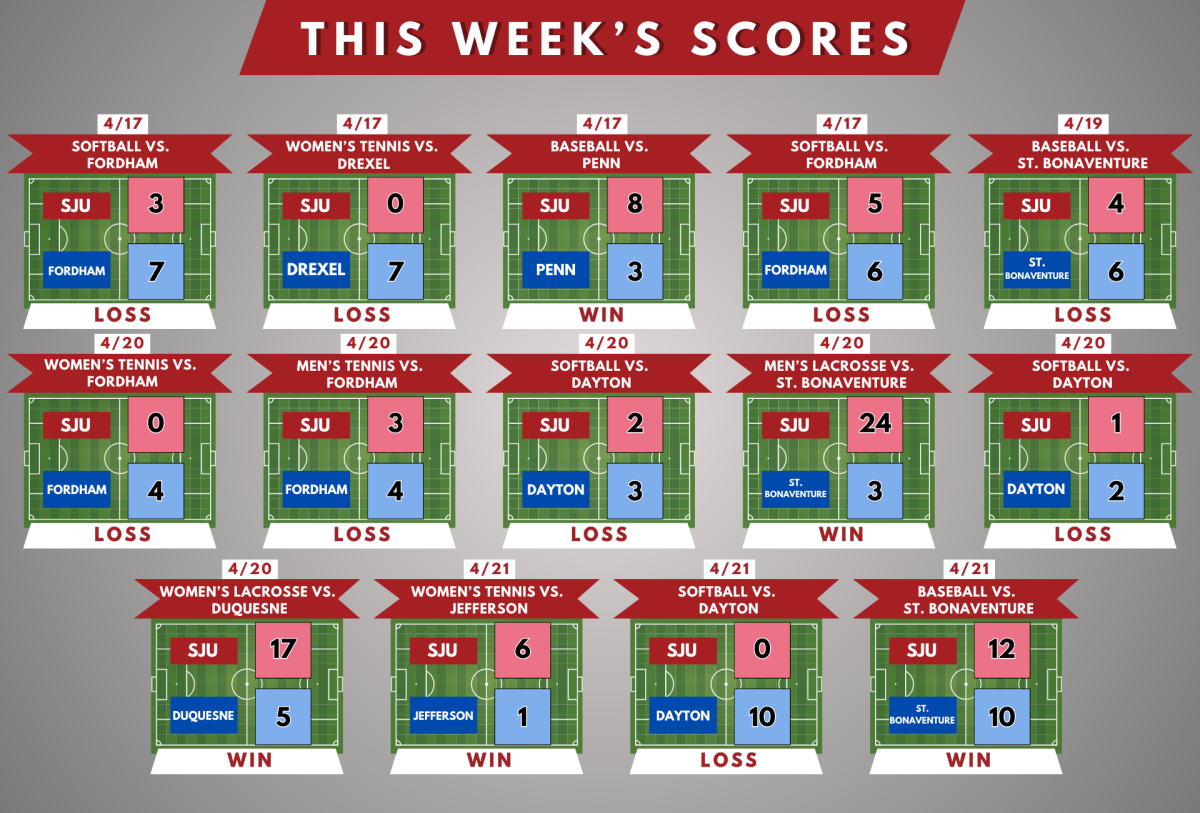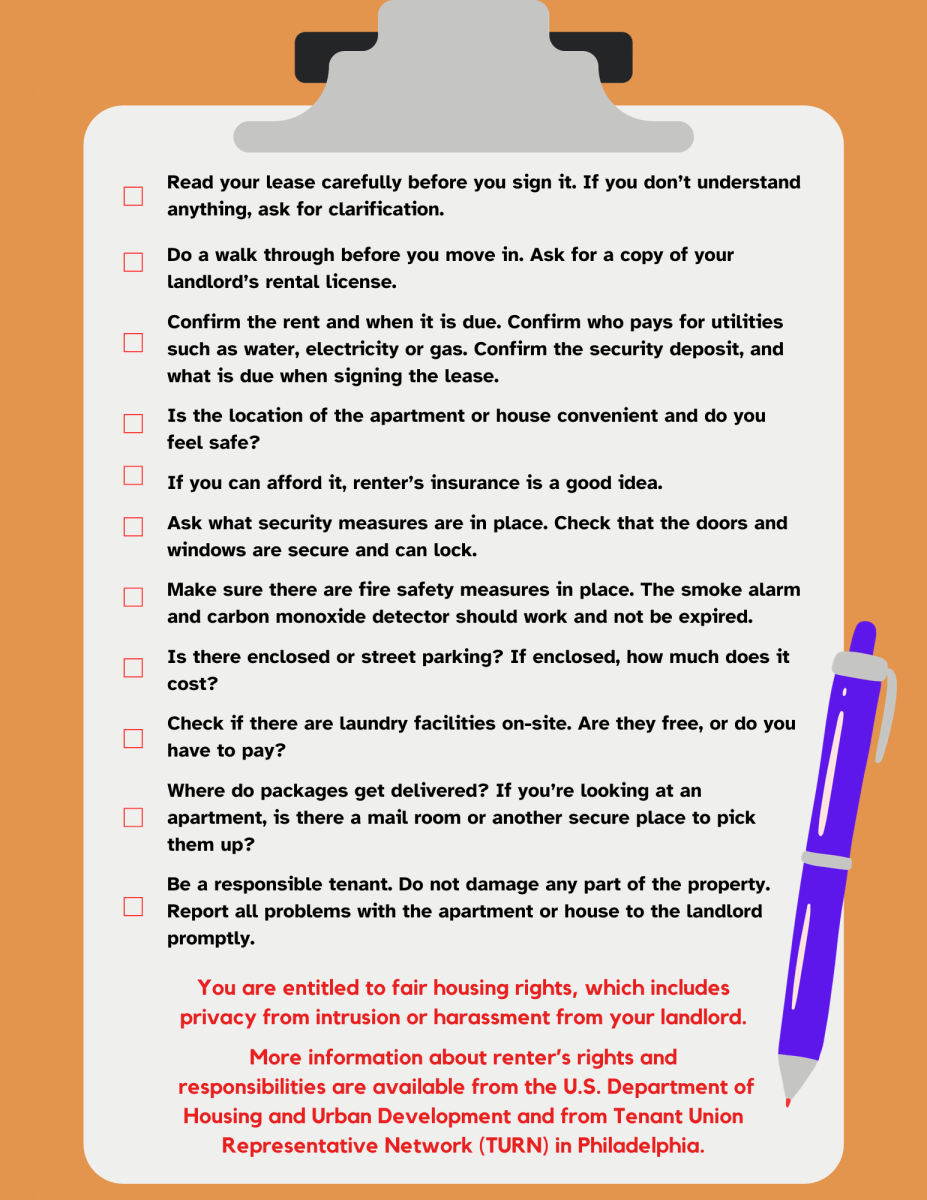It’s time to remove this show from Netflix
In March 2017, Netflix released their original show “13 Reasons Why,” based on the book by author Jay Asher. The title is in reference to the 13 reasons why the main character, Clay’s, friend Hannah Baker killed herself. Prior to her suicide, Hannah recorded 13 tapes for Clay to distribute to classmates after her death. Each classmate is integral to the reasons she killed herself.
The series has included graphic depictions of Hannah’s suicide and sexual assault. There is also a disturbing scene in which a male student is sodomized with a mop handle, and that same student almost carries out a mass shooting at their school.
The show and its writers said they are “committed on this show to telling truthful stories about things that young people go through in as unflinching a way as [they] can,” show creator Brian Yorkey told Vanity Fair.
Following the premiere of the show’s first season, the show caused a lot of controversy in the media, and many people wanted Netflix to remove the show entirely.
I don’t think the show should have been created in the first place. I haven’t seen it. I don’t need to see it. I don’t want to give any of my time to a show/creators who think a two minute, excruciatingly disturbing suicide scene in a bathtub is something to be shown on television to teenagers.
Season 3 was released in August 2019 and received negative reviews, which it deserves. In light of the new season’s bad reviews, I’ve compiled a list (with 13 reasons, to be exact) of why 13 Reasons Why should be taken off of Netflix.
1. It glorifies and romanticizes suicide.
The entire first season culminates in Hannah’s eventual suicide, and the scene of her death unfolds with pretty music in the background. Seeing the season through Clay’s eyes presents the event as if Clay should have known she was struggling and “saved” her because he was in love with her, instead of helping her because she’s a human being who deserved to live.
2. It simplifies suicide as a way to solve problems.
In the end, Hannah’s struggles become too much for her to bear, and she takes her own life. This presentation sends the message that rather than seeking help when life gets hard, people should consider ending their own lives as an option.
3. Suicide rates rose after the premiere of the first season.
The National Institute of Mental Health released a statement detailing that there was a “28.9% increase in suicide rates among U.S. youth ages 10-17 in the month (April 2017) following the show’s release.”
4. It plays the blame game.
Every episode of the first season is Hannah telling a different person why they were an instrument to her suicide, and why they failed her, never placing emphasis that the decision to kill herself was her choice alone.
5. Self-harm is presented as the antidote to suicide.
In one episode, Clay notices another student with cuts on her wrists, and asks how she’s any different from Hannah. The student responds by saying, “Suicide is for cowards. This is what you do to not commit suicide.” Self-harm is a symptom of depression and suicidal thoughts. In no way, shape, or form is it a solution for suicidal thoughts.
6. It depicts topics like suicide, rape and unwanted pregnancies as subjects for entertainment.
These are real things that happen to people. They are not fictional, and they should not be treated as something writers can use as tools to further a plot.
7. It is incredibly graphic.
The suicide scene is an excruciating two minute scene, and multiple sexual assault scenes were depicted onscreen for much longer than necessary. They are painful to watch and emotionally disturbing.
8. The show’s writers and producers have praised themselves for bringing up “tough subjects,” when really they’re just using mental health, sexual assault, and other serious topics to stir up controversy and publicity.
[mks_pullquote align=”left” width=”300″ size=”24″ bg_color=”#cecece” txt_color=”#000000″]“I don’t want to give any of my time to a show/creators who think a two minute, excruciatingly disturbing suicide scene in a bathtub is something to be shown on television to teenagers.”[/mks_pullquote]
9. The show presents Hannah’s struggle and eventual suicide through a straight male gaze.
Clay was in love with Hannah, further reinforcing the romanticization of Hannah’s struggle and eventual suicide.
10. It solidifies the notion that, in the end, everyone is alone.
No parents help Hannah, no adults see other students struggling, no one gets the help they need.
11. It is a show about suicide, self-harm, sexual assault and other tough topics that are marketed to vulnerable teens.
The characters in the show are all in high school and it has been marketed almost exclusively to teenagers who are more at risk of these issues.
12. The first two seasons were successful.
Isn’t that terrifying? Netflix viewers were entertained by the struggles the characters in the show faced. Viewers of season 1 knew that, in the end, Hannah Baker would kill herself. And they kept watching. Then, when people called for the show to be taken off of Netflix, the company responded by adding content warnings to the beginning of each episode.
13. There is no hope, no happy ending, no effort to show that recovery is an option.
“13 Reasons Why” should not have been created. It is a harmful portrayal of depression, suicide, sexual assault and other very real issues. These issues are not for entertainment, yet “13 Reasons Why” portrays them for profit. It is time to take this show out of the public eye, and stop making serious mental health discussions a viable means for entertainment.
If you or someone you know may be at risk of suicide, call CAPS (610-660-1090), Student Outreach and Support (610-660-1149) or the National Suicide Prevention Lifeline (1-800-273-8255).

